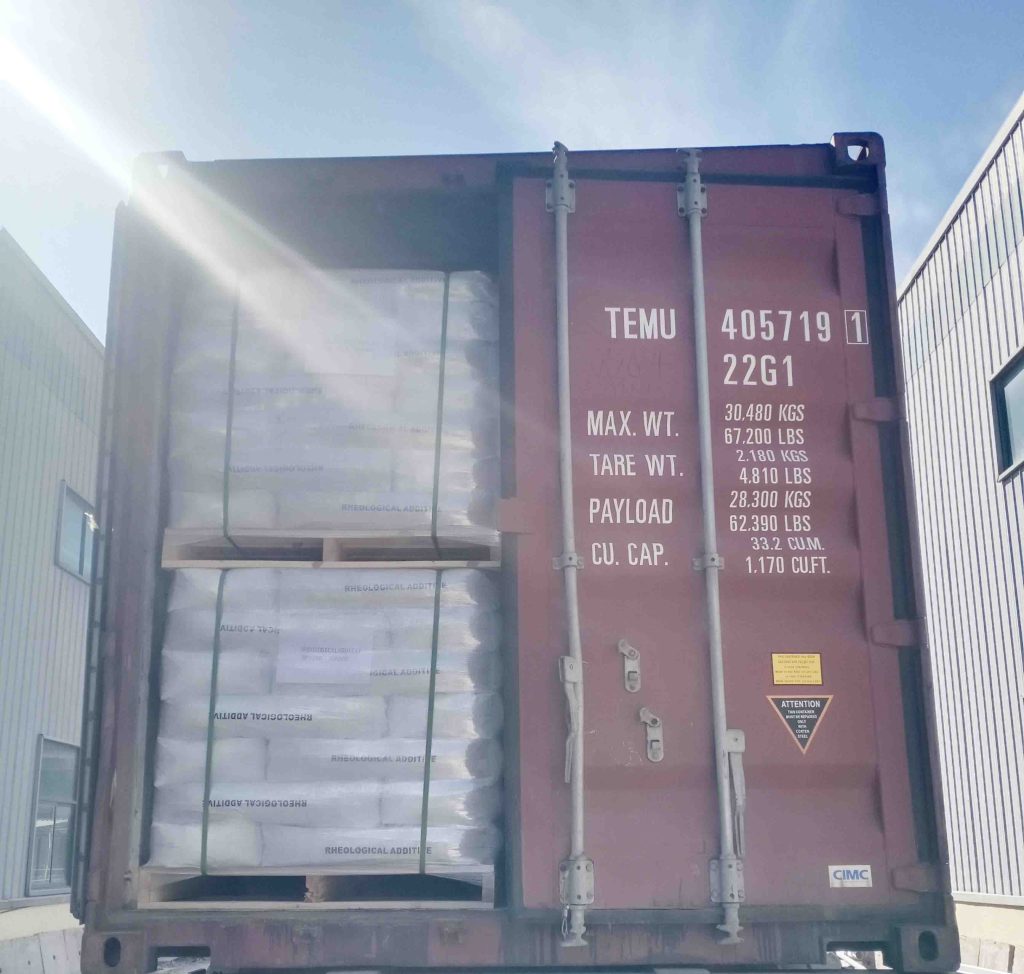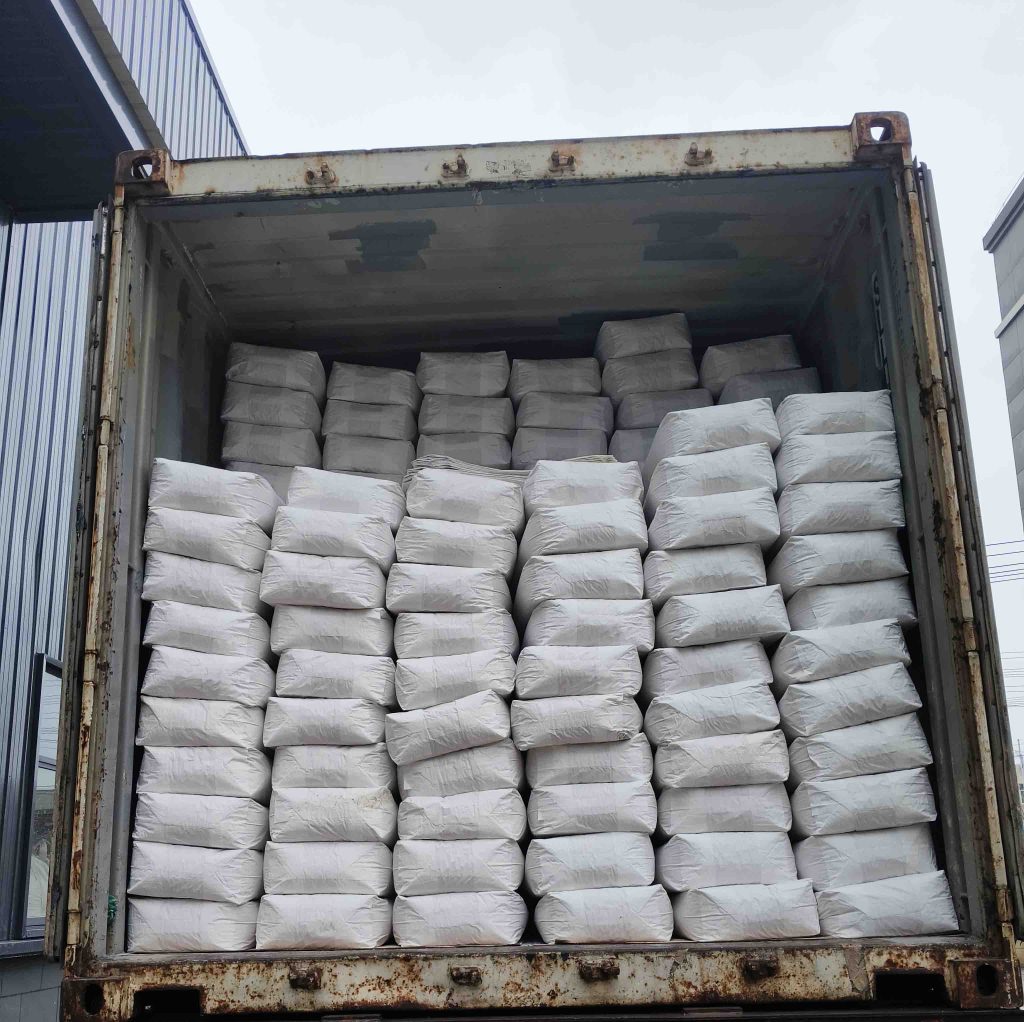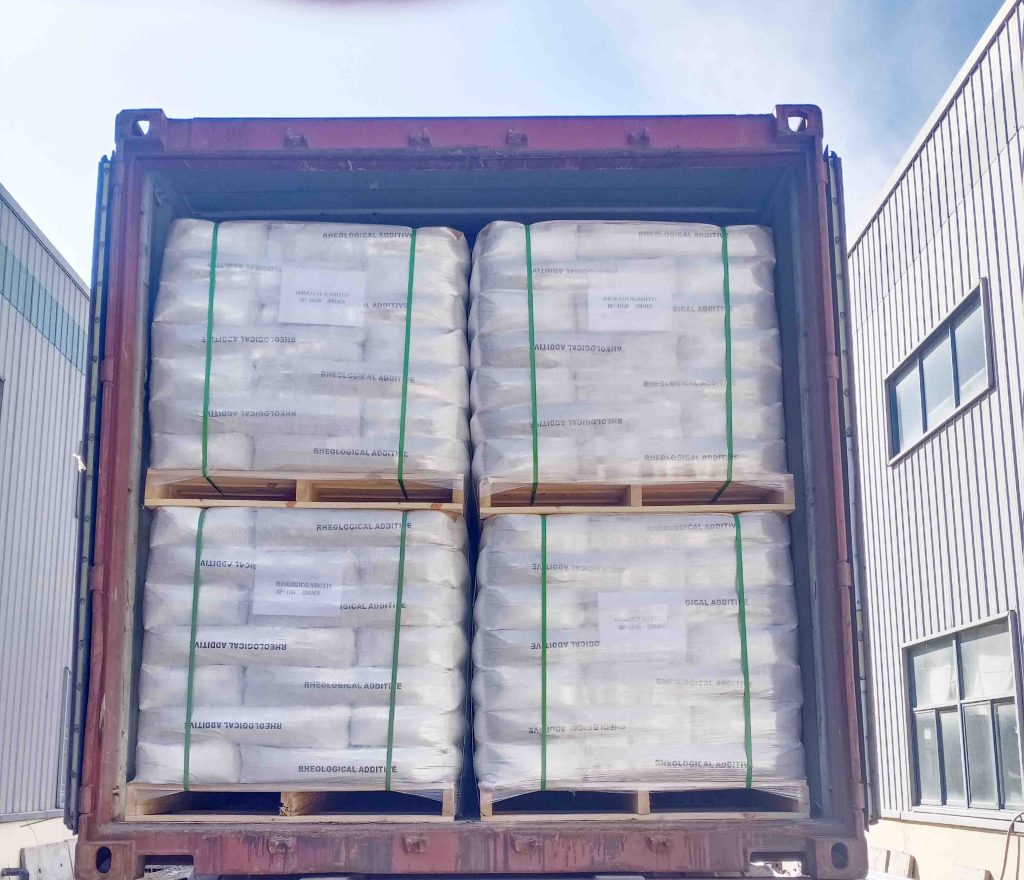Painting glass beads,It is mainly used in paint , which have extremely strong refraction effect and obvious reflective performance at night.Therefore, there are many widespread applications in the identification of road traffic paints and airport runways.
This relatively tiny glass ball, it is transparent, the usual size of the appearance of a few microns to tens of microns, our size varieties are very large, the appearance of the main shape of the ball, the size of the size of the very uniform. It is widely used in coatings. Especially some transportation coatings.
When glass beads are used in coatings, they mainly serve to extend the service life. This spherical appearance of the glass beads, which itself has the elasticity, can achieve better wear resistance, at the same time it is very stable chemical properties.
Chemical stability mainly means that it will not react with other substances after mixing.
Welcome to consult us about glass microbeads.
painting glass beads

What Are Bead Blasting’s Applications?
| Aerospace industry | Remove rust and paint from mechanical components to remove knife marks. |
| Remove scratches on the rubber | Reflective paint for roads |
| Scratch treatment on the surface of stainless steel. | |
| Foundry industry; | Pre processing in the electroplating industry. |
| Semiconductor Industry | Crafts for exterior decoration |
painting glass beads
The production process of glass microspheres, involving raw material preparation, mixing, shaping, cooling, classification, cleaning, drying, surface treatment, and inspection, ensures the creation of a high-quality product suitable for various applications. Adjustments can be made based on specific application requirements.
Size of glass beads for blasting
Model of Bead blasting glass | Sieve Size (mesh) | Particle Size Range(μm) |
WSL17L# | 20~40 | 425 ~ 850 |
WSL 18L# | 30~40 | 425 ~ 600 |
WSL 19L# | 40~60 | 300 ~ 425 |
WSL 20L# | 60~100 | 150 ~ 300 |
WSL 21L# | 70~140 | 106 ~ 212 |
WSL 22L# | 100~140 | 106 ~ 150 |
WSL 23L# | 100~200 | 75 ~ 150 |
WSL 24L# | 140~200 | 75 ~ 106 |
WSL 25L# | 140~270 | 53 ~ 106 |
WSL 26L# | 200~325 | 45 ~ 75 |
Specification of Bead blasting glass
1. Drying: The cleaned microspheres are dried, typically in a drying oven, to remove moisture.
2. Surface Treatment: The surface of the microspheres can be coated to impart hydrophilic or hydrophobic properties and enhance corrosion resistance.
3. Inspection: The final product is inspected for shape, hardness, and refractive index to ensure it meets quality standards and application-specific requirements.
4. Packaging and Transportation: The final step involves packaging the microspheres according to the manufacturer’s specifications and preparing them for transport.
| Specific gravity | 2.4-2.6 g/m3 |
| Stacking density | 1.5g/cm3 |
| Type | Blasting / Shot Peening Media |
| Spherical | |
| Rockwell hardness: | 46HRC |
| Mohs | 6-7 |
| Round rate | 80% |
| Melting point | 710-730 ℃ |
| Index of refraction | 1.5—1.6 |
1. Raw Material Preparation: The first step involves selecting appropriate raw materials to match the desired performance characteristics of the glass microspheres. Common raw materials include quartz sand, limestone, soda ash, and sodium carbonate. The goal is to achieve a specific particle size.
2. Mixing: The different components are mixed according to a precise ratio. A flux agent may be added to improve the mixture’s flowability.
3. Spheroidization: Using specialized equipment, the glass melt is shaped into spherical forms to achieve the desired particle size and shape.
4. Cooling: The formed glass microspheres are cooled to solidify their shape.
5. Classification: Sieves are used to sort the microspheres by particle size, ensuring uniformity in size and dimension.
6. Cleaning: After cooling and classification, the microspheres are cleaned to remove any surface impurities and contaminants. This can be done using acid, alkali, or water soaking, followed by filtration.


